Author: Dave Banack
-
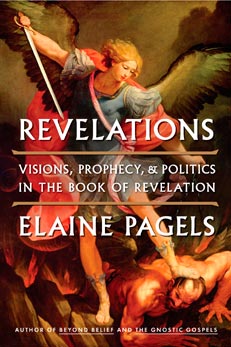
Revelation
My previous post on the upcoming BYU New Testament Commentary series was so well received I have decided to do some follow-up posts discussing individual books. I’ll start with Revelation, partly because that will be the first volume in the BYU series but also because I happen to have a copy of Elaine Pagels’ Revelations:…
-
BYU’s New Testament Commentary
A website for the upcoming BYU New Testament Commentary series has popped up. The short announcement on the main page promises “a multi-volume commentary on the New Testament along with a new rendition of the Greek New Testament texts,” which will “combine the best of ancient linguistic and historical scholarship with Latter-day Saint doctrinal perspectives.”…
-
18 is the new 19
Six months ago, at the October 2012 General Conference, President Monson announced the missionary age change. Here is his report on how things are going, delivered earlier this month: The response of our young people has been remarkable and inspiring. As of April 4 — two days ago — we have 65,634 full-time missionaries serving,…
-

God and Galaxies
Elder Ballard started out his recent Conference talk “This Is My Work and My Glory” with this description and commentary on the wonder of the night sky: A few weeks ago, on a cold, dark winter’s night, my wife, Barbara, and I looked in awe up at the sky. The millions of stars seemed exceptionally…
-
Sunday Afternoon Session
President Uchtdorf is conducting this final session of Conference, with music by the Tabernacle Choir. Invocation by another female, Sister Stephens — they seem to be everywhere this Conference! Benediction by a male Seventy. Direct quotes of a speaker are in quotation marks, otherwise the text is my summary of their remarks.
-
Saturday Afternoon Session
President Eyring conducted the afternoon session. President Uchtdorf read a long list of sustainings and releases, notably releasing President Dalton of the Young Women and calling a new President (Bonnie Lee Green Oscarson) and counselors. The annual audit report and statistical report were read: there are now 3005 stakes and 347 missions. In what follows,…
-
Saturday Morning Session
President Uchtdorf conducted this opening session. Opening prayer by a (male) Seventy and music by the Mormon Tabernacle Choir. Direct quotations of a speaker (based on my real-time listening) are given in quotation marks; other text represents my own summary of their remarks.
-
Socially Constructed Mormonism
This is the second post (see first post) discussing ideas presented in the recently published memoir of retired LDS sociologist Armand Mauss, Shifting Borders and a Tattered Passport: Intellectual Journeys of a Mormon Academic (Univ. of Utah Press, 2012; publisher’s page). After taking five years away from his graduate work to serve as a counselor…
-
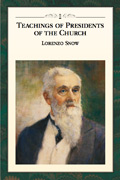
My Problem With the Couplet
In 1840, almost nine years before being called as an LDS apostle, while he was listening to a friend read from the scriptures, Lorenzo Snow experienced a sudden enlightenment that he apparently regarded as a revelation from God. He summarized his enlightenment in this well known verse (which I’ll call the Couplet): As man now…
-
Knowledge or Faith?
Last month, Jacob over at BCC started an interesting series on the philosophy of religion, which I hope he continues at some point. Not being quite ready to spring $120 for a copy of the recommended book, I tracked down a library copy of a shorter and very readable introductory text, William L. Rowe’s Philosophy…
-
The Problem With Correlation
Over at Worlds Without End, Seth posted Overcoming Correlation, or Mormon Studies and Pastoral Care. Why do we keep talking about Correlation? Obviously, there’s something wrong, but there are various opinions as to what exactly that is and how one might go about fixing it. After recounting his own scholarly engagement with Mormon Studies, Seth…
-
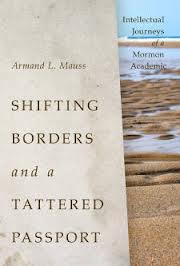
Mauss on Dialogue
I am almost done with the recently published memoir by Armand Mauss, Shifting Borders and a Tattered Passport: Intellectual Journeys of a Mormon Academic (U of U Press, 2012; publisher’s page). Like Leonard Arrington’s earlier memoir, Adventures of a Church Historian, the book is something of a insider’s guided tour of fifty years of Mormon…
-
Bloggernacle Adrift?
For several years now, the Mormon Archipelago aggregator site (which used to be found here) has served as a relatively complete listing of LDS blogs and also provided real-time feeds listing recent posts. It has been something of an anchor for the Bloggernacle. It was handy to see new posts at larger blogs all in…
-
Thrown Into This Mormon Life
This is the third and final post on Adam Miller’s Rube Goldberg Machines: Essays in Mormon Theology (Greg Kofford Books, 2012; publisher’s page). This post covers the short (two pages) and easy-to-discuss essay “Shipwreck.” It’s about what happens when you discover that you are Mormon. What does that mean? How does it change your life?…
-
Mormonism: How Thinkable Is It?
This is the second post on Adam Miller’s Rube Goldberg Machines: Essays in Mormon Theology (Greg Kofford Books, 2012; publisher’s page). In this post I’ll discuss Chapter 8, “The Gospel as an Earthen Vessel,” a suggestive symbol that Adam borrows from 2 Corinthians 4:7: “We have this treasure in earthen vessels, that the excellency of…
-
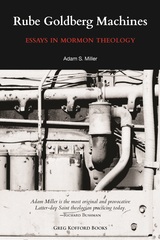
What Mormon Theology Looks Like
This is the first of several posts discussing Adam Miller’s Rube Goldberg Machines: Essays in Mormon Theology, a little gem published by Greg Kofford Books in 2012 (here’s the publisher’s page on the book). After some preliminary discussion about why there has been so little Mormon theology done (compared to say LDS history) and what…
-
Can Books Cause Problems? Reflections on Brigham Young: Pioneer Prophet
I recently did a quick read of John G. Turner’s Brigham Young: Pioneer Prophet and posted notes here. Here is my one-sentence summary: “Turner gives a balanced if candid portrayal of Brigham, one that mainstream Mormons should be able to read without serious difficulties.” But not everyone agrees. Some very bright people think the book…
-
On Being Taken Seriously
Once upon a time, the rare article or essay on Mormonism was noteworthy and bloggable. Now, in this extended Mormon Moment, there are so many it is hard to even keep track of them. But Adam Gopnik’s article “I, Nephi: Mormonism and its meanings” deserves special notice, not just because The New Yorker is widely…
-
Mormonism: The Second Century
Christopher Jones has a post over at the fine group blog Peculiar People listing ten books on modern Mormonism. The post deserves more discussion, so I thought I’d post my own short comments on the first four books from the list and invite readers to add comments on the others as well as reflection on…
-
Practical Apologetics: Defining the middle path in Mormonism
Rachel’s post a couple of weeks ago, The Threat of New Order Mormons, attracted so much discussion that I would like to follow up with my own discussion of middle-path Mormons. Various terms are used to describe those who self-categorize themselves as something other than fully active, fully believing Mormons: Uncorrelated Mormons, Cultural Mormons, New…
-
Imagining Mormonism
So after several recommendations, I finally got around to reading Benedict Anderson’s Imagined Communities. The book examines a simple question: how do institutions or nations (the book’s focus is on nationalism) create a sense of identity in their membership or citizenry? It’s one thing to feel a sense of identity with a group whose membership…
-
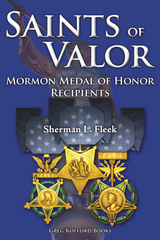
In Harm’s Way: Review of Saints of Valor
A couple of months ago I received a review copy of Saints of Valor: Mormon Medal of Honor Recipients (Greg Kofford Books, 2011; 430 pages in paperback | publisher’s page). I’m going to first discuss two issues related to war and Mormonism: (1) how Mormons serving in the military improve the public perception of Mormonism;…
-
Practical Apologetics: Help, I want to go back to church
Seismic changes at the Maxwell Institute have prompted reflective blog posts on the fate of FARMS and Mormon apologetics in general (The Rise and Fall of FARMS | The Legacy of FARMS | Explosive Tensions within MSR). My view: the FARMS approach has become outdated. Mormon apologetics will become more decentralized and more social as…
-
Hit and Miss
I’m not quite up to creating original content today, so I’m going to link and comment to a few posts and articles that caught my eye. It’s really amazing how much coverage Mormonism is getting lately compared to a few years ago.
-
A Mormon and an Evangelical in Conversation: Idaho Falls Edition
I took the two-hour drive to Idaho Falls last night to hear Greg Johnson and Robert Millet present their friendly conversation on Mormons and Evangelicals to an audience of six or seven hundred. Johnson is an Evangelical pastor who runs the Standing Together ministry in Utah; Millet is a Professor of Ancient Scripture at BYU.…
-
More Than Christian?
Two recent essays provide a new perspective on the never-ending discussion centered around the question, “Are Mormons Christian?” Mormons claim to be Christian, while at the same time denying divine authority and full legitimacy to all other Christian denominations. Consider the specific topic of rebaptism. Previously baptized Christians who join the LDS Church are required…
-
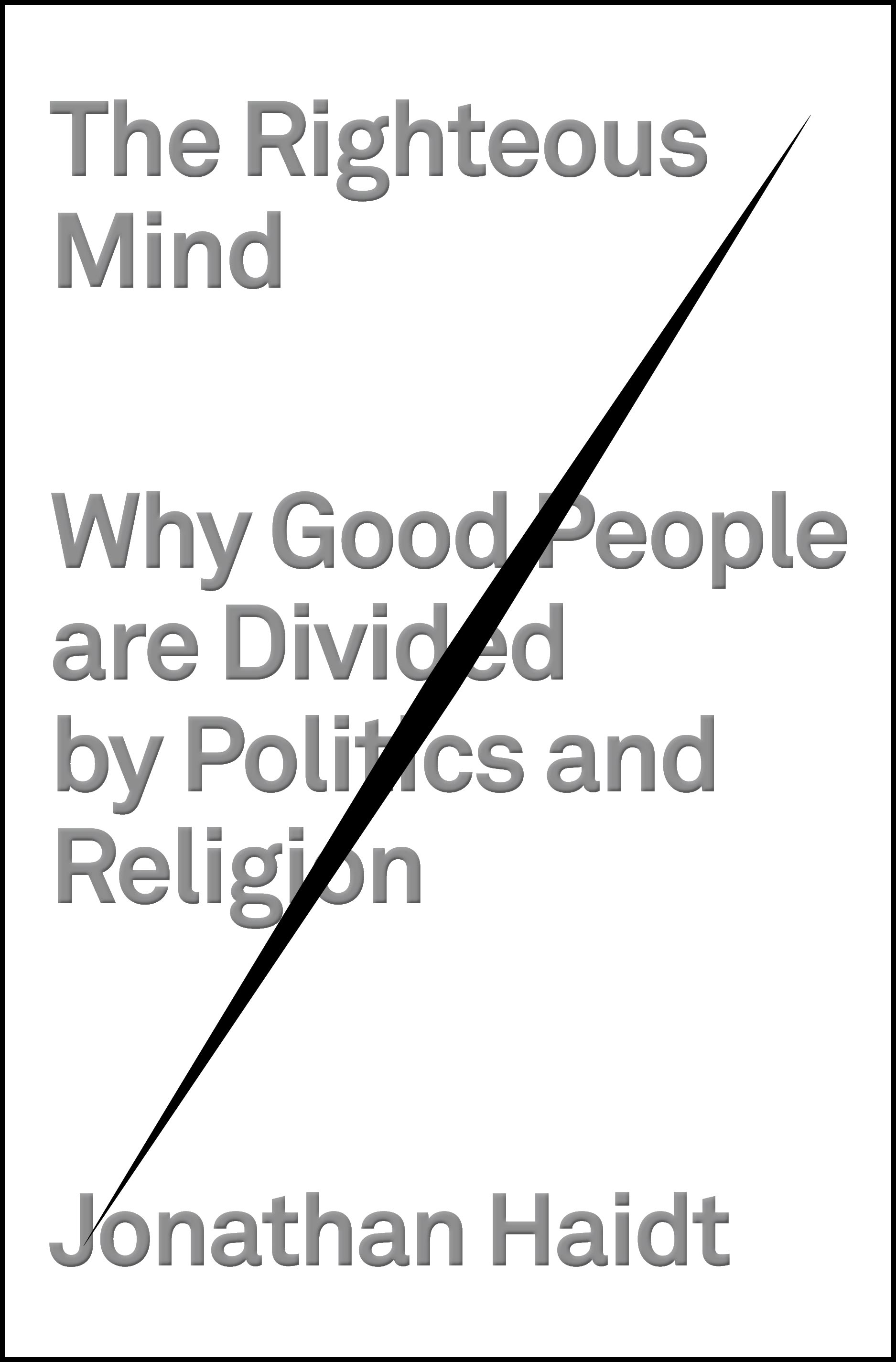
You and Your Righteous Religious Mind
Psychology has come a long way the last couple of decades. Instead of seeing us coming into the world with a mind like a blank slate, psychologists and cognitive scientists are discovering through cleverly designed empirical research that we are born with a preloaded mental operating system. It predisposes us to see the world like…
-
Go Home, Christians
I live in a small town. We get lots of visitors and they’re all welcome, even the slednecks who take over the town once a year for a weekend of drinking and driving (up the mountain on snow machines). But a group has finally found the limit of a friendly tourist town’s welcome: Christians.
-
Mormon Talks, Christian Sermons
Krister Stendahl, the noted Swedish theologian who was unusually considerate of the LDS Church, listed “holy envy” as one of his three rules of religious understanding. Let’s see if comparing Mormon talks with Christian sermons doesn’t create for us a bit of holy envy. I think there might be something we can learn from how…
-
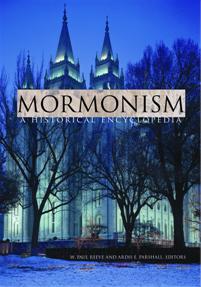
Review: Mormonism: A Historical Encyclopedia
It is published as a reference work, but you can read it like a book, albeit a book of essays: Mormonism: A Historical Encyclopedia (ABC-CLIO, 2010; publisher’s page), edited by W. Paul Reeve and Ardis E. Parshall. Listing at $85 ($68 on Kindle), it might not find its way onto your bookshelf until a trade…
